For most people, tattoos are a form of self-expression. But for one man, ink became a life-changing solution after a devastating accident left him without an eye. Instead of opting for a traditional glass prosthetic, he took a different path—one that led him to a skilled tattoo artist with the ability to create hyperrealistic tattoos.
A Tragic Accident That Changed Everything
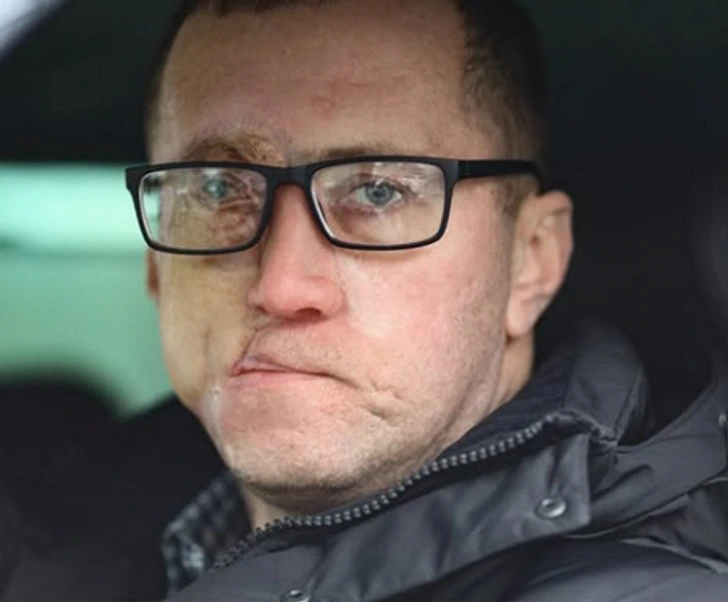
Pavel, a young man with a bright future, suffered a horrific car accident that left him with severe facial injuries. His nose was nearly destroyed, and his right eye was beyond repair. Reconstructing his face would require a series of complex medical procedures, but one of the biggest challenges was how to deal with his missing eye.
Doctors initially explored the possibility of saving what was left of his damaged eye. However, the risk of infection spreading to his healthy eye was too high. The safest option was to remove it entirely.
Pavel accepted the decision with courage, saying:
“I don’t hold on to things that don’t work. It’s better to get rid of something potentially dangerous than to risk losing my other eye too.”
But once the procedure was done, he was left with an important question—how should he replace his missing eye?
From Surgery to Art: A Unique Solution Emerges
Traditionally, people in Pavel’s situation turn to glass prosthetic eyes. But he wanted something different—something that wouldn’t require daily removal or ongoing adjustments.
That’s when doctors introduced him to a highly skilled tattoo artist specializing in hyperrealistic medical tattoos. She had already made a name for herself by helping burn victims, breast cancer survivors, and alopecia patients reclaim their confidence through tattoo artistry.
However, this project was different. She wasn’t just restoring eyebrows or camouflaging scars—she was about to create the illusion of a realistic eye on a flat surface.
This would become one of the most challenging tattoos of her career.
The Artist’s Preparation: A Year of Meticulous Planning
A hyperrealistic tattoo isn’t something that happens overnight. The artist dedicated a full year to studying and preparing for this groundbreaking piece.
Her process included:
- Analyzing old photos of Pavel to match his original eye color and shape.
- Developing a custom pigment palette that could replicate the natural shading of an eye, ensuring the sclera (the white part) didn’t look unnaturally bright.
- Practicing on artificial skin to simulate the texture of scar tissue and skin grafts, testing how ink would blend.
- Consulting with doctors to ensure that tattooing wouldn’t interfere with his healing process.
- Sketching and refining designs over and over again to get the illusion of depth just right.
While the artist prepared, Pavel adjusted to his new face. He remained patient, even joking:
“While you’re practicing, I’ll get used to my new nose!”
Despite the curiosity of strangers, his friends and family stood by him, treating him no differently. Their support gave him the strength to embrace the journey ahead.
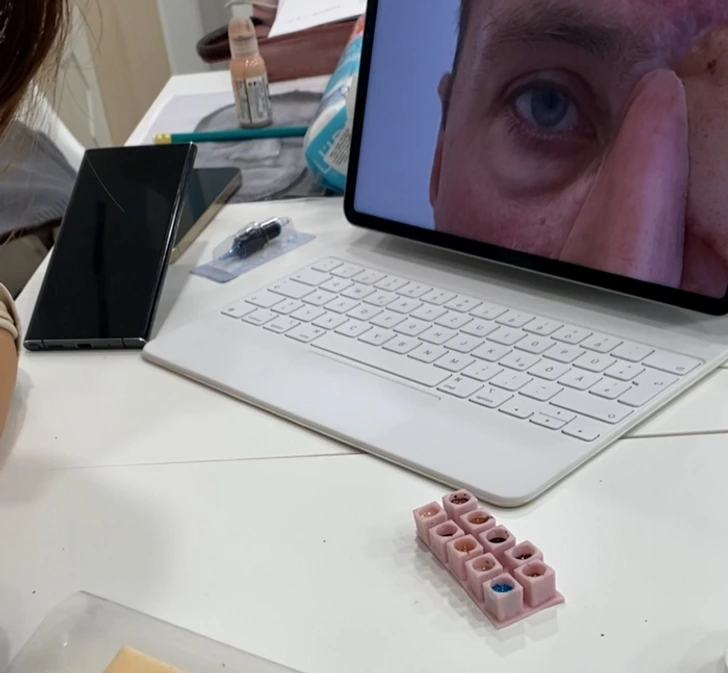
The Big Day: Creating a Realistic Eye with Ink
After months of preparation, the day finally arrived. Pavel stepped into the tattoo studio, knowing this was a permanent transformation.
The artist carefully mapped out the placement of the eye tattoo, ensuring that it:
- Aligned naturally with his facial structure.
- Considered the shadows and highlights needed to create depth.
- Worked with the texture of his skin grafts and scars, ensuring the ink settled correctly.
The first outlines were drawn, and within a few hours, the shape of an eye began to emerge. When the artist handed Pavel a mirror, he smiled and said:
“Wow! It actually looks like something!”
There was still work to be done—adding highlights, refining details, and perfecting the illusion—but the transformation had begun.
The Power of Medical Tattoos: A Growing Trend
Pavel’s story isn’t just a remarkable example of tattoo artistry—it’s part of a growing movement where tattoos serve medical and emotional purposes.
Some of the most impactful medical tattoo techniques include:

- Scar camouflage tattoos, which help burn victims and surgery patients feel more comfortable in their skin.
- 3D nipple tattoos, which help breast cancer survivors reclaim their bodies after mastectomies.
- Eyebrow tattoos, providing a solution for alopecia patients and chemotherapy survivors.
- Skin pigmentation correction, helping people with vitiligo and birthmarks achieve a more even skin tone.
The use of hyperrealistic tattoos in medical recovery is revolutionizing self-confidence, showing that tattoos are not just about self-expression—they’re about self-restoration.
More Than Ink: How Tattoos Can Heal Beyond the Surface
Pavel’s journey highlights an important truth—tattoos have the power to change lives.
Beyond their visual appeal, medical tattoos help individuals regain control over their bodies after trauma. Studies show that people who undergo these procedures experience:
- Increased self-esteem
- A renewed sense of identity
- Emotional healing after a traumatic experience
For many, these tattoos shift the focus from loss to empowerment, allowing them to move forward with confidence.
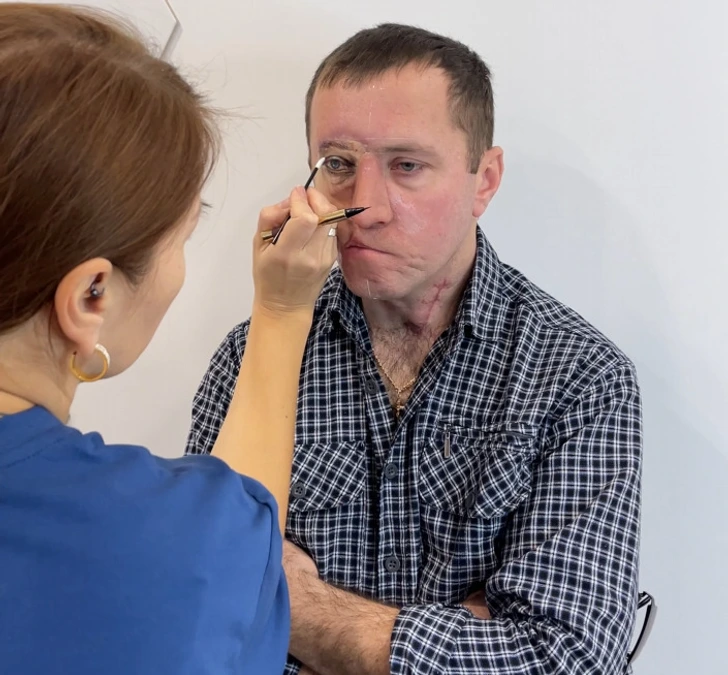
Conclusion: A Story of Strength, Art, and Transformation
Pavel’s story is a testament to resilience, innovation, and the transformative power of art.
With the help of a brilliant tattoo artist, he didn’t just replace his missing eye—he reclaimed his confidence.
His journey serves as a powerful reminder that true beauty isn’t about perfection—it’s about embracing what makes you unique and finding strength in the face of adversity.
In the world of medical tattoos, artists aren’t just creating inked designs—they’re restoring hope, identity, and dignity.
Man Kicks Out Brother After He Brought His Kids to His Wedding – Story of the Day

I kicked my brother out of the wedding hall after he went against my decision and brought his kids to the wedding. But I’m not ashamed of it. I think it was the right decision.
My wife, Laura, and I got married days ago, and we had decided to keep the wedding children-free. To be honest, I thought that was the best decision. So when I was sending out the invites, I made sure the message was clear to everyone.
To some extent, I was sure that everyone would respect my decision and won’t bring their kids to the wedding. But there was one person I wasn’t sure of, and that was my 36-year-old brother David.
David got married at a young age and has four kids. Like every parent, those kids mean the world to him, so he takes them everywhere he and his wife go.
And trust me when I say that the kids are with him everywhere because I hadn’t witnessed even one family event in twenty-eight years of my life when David and his wife attended an event without them.
So, unlike other guests, I gave the wedding invite to him in person and even read it out loud to make sure David didn’t miss the little note at the bottom. “Kids are not allowed. Sorry for the inconvenience,” I finished reading.
“Child-free, huh?” David added in a sarcastic tone.
“Well, yeah. I think that’s the best decision!” I replied instantly.
David glared at me. “Are you out of your mind, Richard? My kids have never been excluded from any event, big or small, let alone their own uncle’s wedding!”
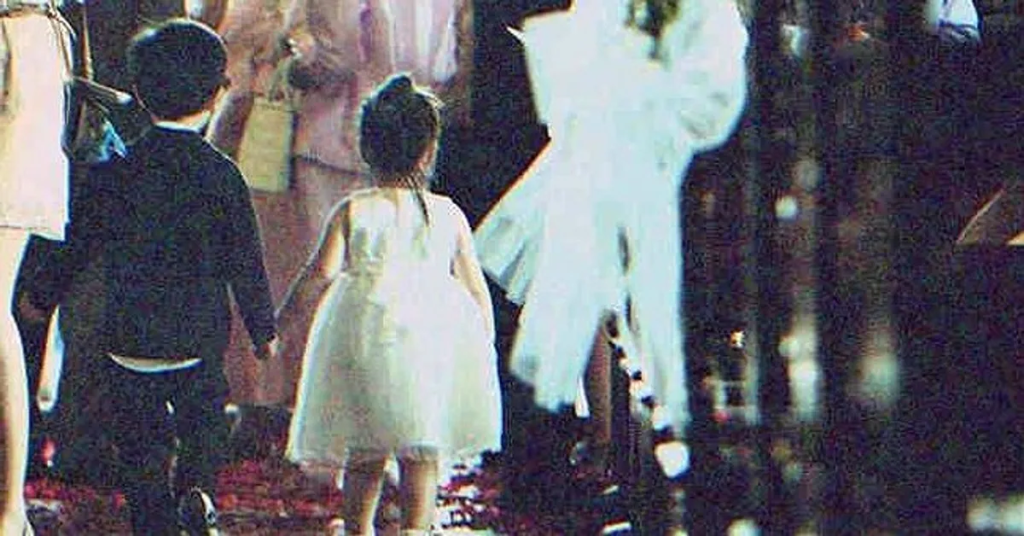
Ramsey seemed upset when I told him kids weren’t allowed | Photo: Pexels
“I’m sorry, David,” I said after a little pause, “but it’s already been decided, and everyone has to follow the rules!”
David didn’t say anything after that. I thought he was pissed at me, so I was about to apologize again, but then he spoke up. “I get it, man, no children means no children, no worries. I won’t bring my kids!”
I was relieved David didn’t get into a fight about it and seemed to accept the rule. However, I had a hard time believing he would agree to my request so quickly. Who’d have guessed my suspicions would turn out to be true?
A week later, the wedding day came. Almost everyone in the family arrived except David and his wife. I began thinking David was furious with me because I had refused to let him bring his children to the wedding.
So I decided to phone him and apologize. But just as I was about to dial the number, my best man informed me that David and his children had arrived.
I was burning with anger, and I went straight to meet him at the entrance. I greeted the kids and asked my sister-in-law to take them back to the car. When they left, I lashed out at David.

I stopped Ramsey at the entrance | Photo: Pexels
“You can’t enter, David,” I said. “Kids are not allowed in here!”
“Calm down, Richard,” David retorted. “It’s not like your wedding will be ruined because of my kids. Why are you acting like that?”
I was furious. “Acting like that?! Didn’t I tell you about it before?”
“You did, Richard, but I didn’t think you were serious. They’re just kids, after all. You’re not going to kick me out of the hall just because I didn’t follow the rules, right?” David responded.
“Well, I can. GET THE HELL OUT OF HERE, David! ” I yelled at the top of my voice.
David looked at me angrily. “You’re a lunatic, I swear. I mean, who does that to their brother?”
“I don’t want to explain anything to you now. Please leave!” I almost yelled at him.

I kicked Ramsey out of the wedding hall | Photo: Unsplash
“You know what, Richard? You’re an awful uncle and brother for sure, but you’re a simp too! I’m sure it’s your lovely Laura who has brainwashed you like this! If I were in your place, I wouldn’t have married a pathetic woman!” David said and walked away.
I was even more enraged by David’s snide remarks about Laura, and I wanted to stop him and lash out at him once more. However, our last quarrel was humiliating and loud enough for all guests, including my in-laws, to gaze at us.
My mother had to step in to calm the situation by persuading me to let it go and invite David and his family to the wedding. But I stood firm in my refusal. I was adamant about my decision and paid no attention to what others had to say.
But since that day, everyone hated me and sided with David, claiming I betrayed him and his family by acting coldly towards them when all they wanted to do was celebrate the occasion with my wife and me.

I am sad that everyone in the family hates me | Photo: Pexels
My father was furious with me for potentially and permanently destroying my relationship with David, his wife, and their children by excluding them from my wedding. David will never forget that day, he said. But first, let me explain why I did it.
I used to work for Laura’s dad’s company. He and his wife tragically died in a car accident. I was just one of the employees attending the funeral when I saw Laura for the first time.
A few days after the funeral, as I was on my way to the cabin, I met Laura at the office. She had come to collect some documents.
When I saw her, all I could think of was how sad she was during the funeral. So I asked her if she was doing well. I don’t know why but after talking to her that day, I felt like I wanted to learn more about her.
Luckily, we began meeting each other often, especially after Laura took over her dad’s position and came to the office every day. And before we realized it, we were in love.

I fell in love with Clara at the first sight | Photo: Pexels
Laura had returned to regular life somehow, but her trauma from her parents’ death remained severe, and she was undergoing treatment for that. Laura’s therapist had warned me not to do anything that might cause her mental distress.
We had gone to see a gynecologist just a few weeks before the wedding because Laura wanted to talk about her health issues and see if there would be any complications with her pregnancy. Sadly, it turned out that Laura could never become a mother.
If Laura knew this, she wouldn’t be able to bear it because she wanted to give birth and have a family. So I decided to hide the truth from her until her therapist gave me the green light. But Laura learned about it, and as I had expected, she was devastated.
I decided not to allow children to attend our wedding because I knew Laura would be even more upset if she saw them. She had even planned a court wedding because she didn’t want such a lavish wedding after receiving the sad news. But I knew she always wanted the wedding to be like this since she talked about it from the beginning of our relationship.

Clara was devastated when she learned she couldn’t give birth | Photo: Pexels
Yes, I could have told my brother the real reason, but trust me, he’s not good with secrets, and my family is such that if people knew Laura was taking therapy sessions and now couldn’t become a mother, they wouldn’t accept our relationship. So I think what I did was right.
You can hate me for what I did, but I love Laura, and I will do anything to keep her happy.
What can we learn from this story?
- Sometimes you have to lose something to gain something. Richard ruined his relationship with his brother because he wanted to save Laura from further depression.
- If you love someone, you stay with them through the good and bad. Just as Richard stayed by Laura’s side every time.
Share this story with your friends. It might brighten their day and inspire them.
If you enjoyed this story, you might like this one about an arrogant doctor who kicked a poor woman out of a luxury clinic.

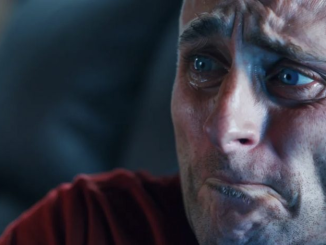

Leave a Reply